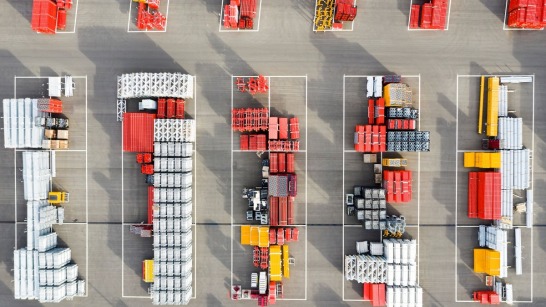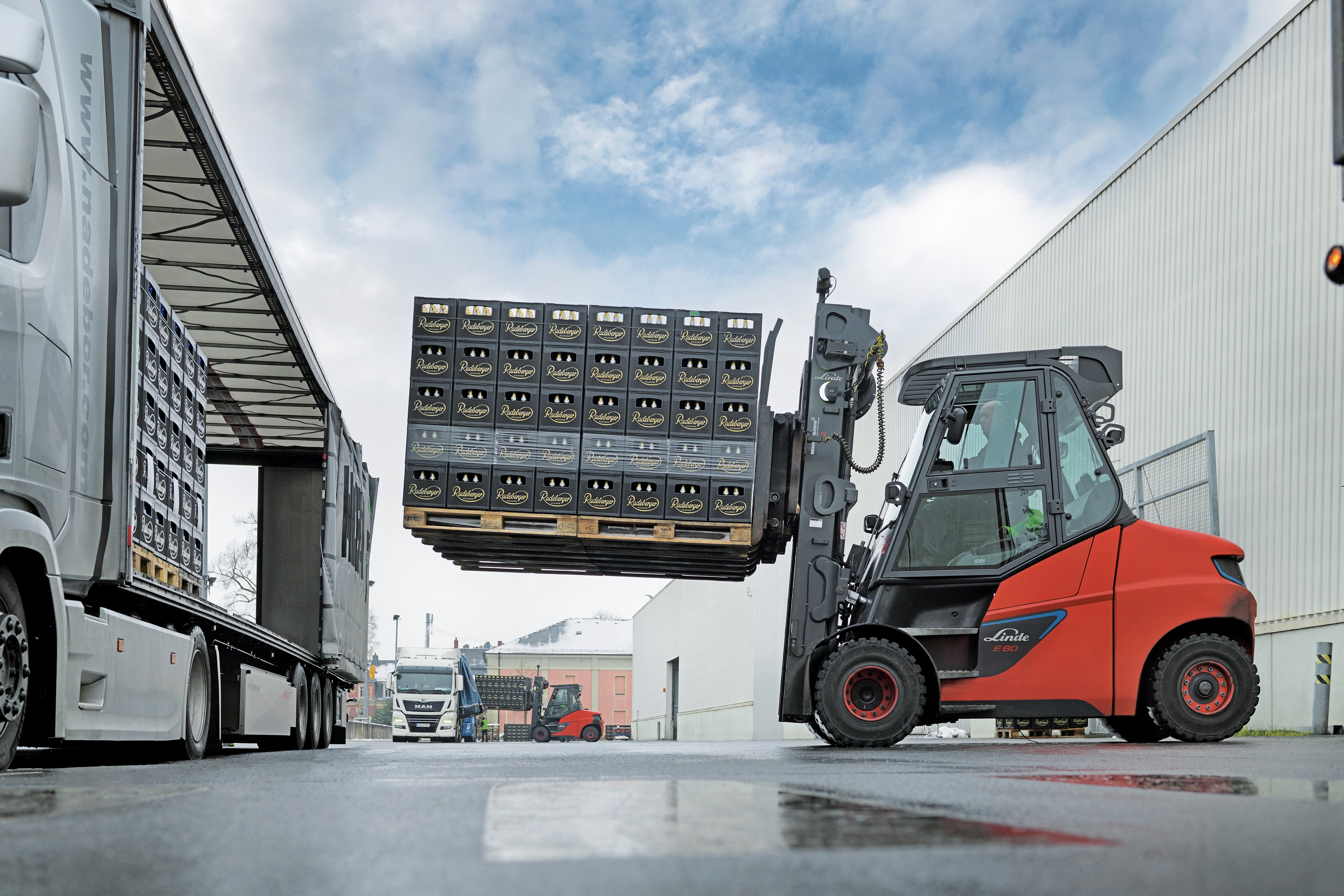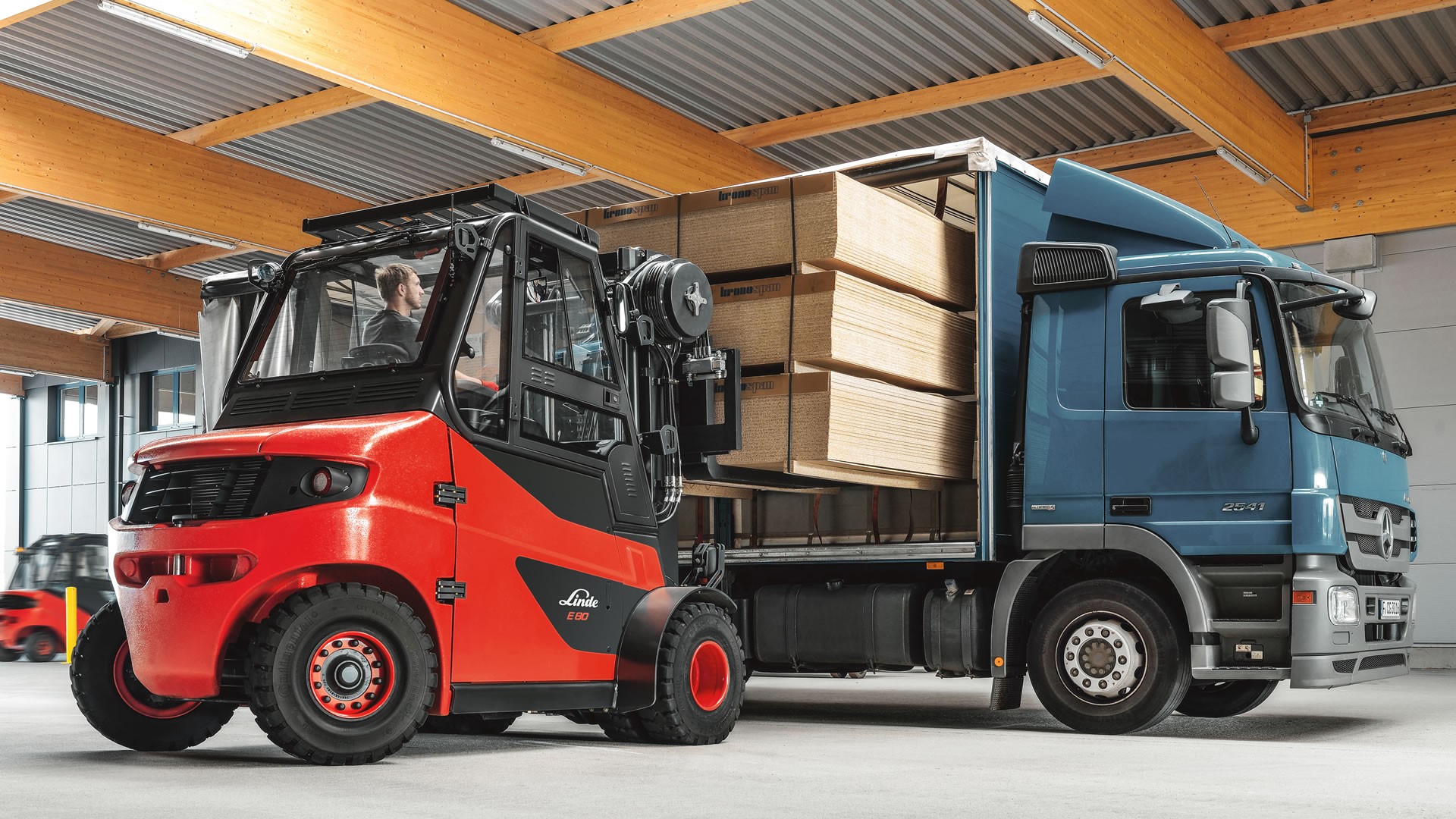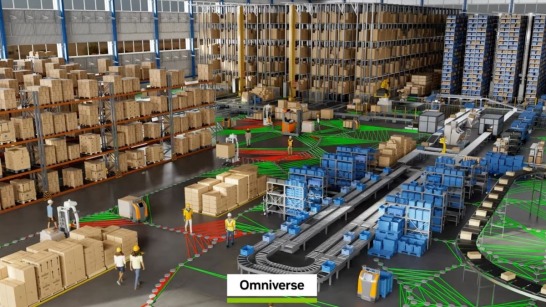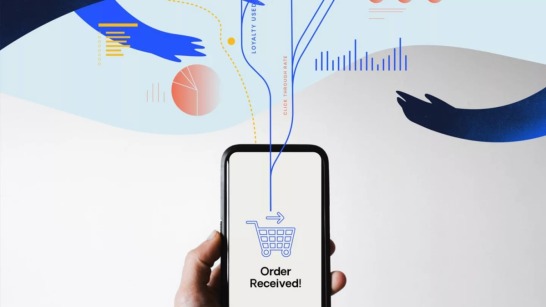Complex navigation
The man who made this statement is far from an automation skeptic; as Senior Director Software Solutions at KION, Matthias Merz is personally driving forward the development of this technology. So why, of all things, is the task of automated truck loading and unloading so difficult to solve?
The answer is quite simple: the huge variance in the types of load and the unstructured environment of the loading docks require skill and problem-solving abilities that current automation simply does not possess. Humans are better able to adapt to unexpected changes in the arrangement of the load or the handling of fragile objects of different shapes and sizes than computer-controlled systems.
“The exact workflow may be very similar each time,” says Merz, “but it differs in small but significant ways.” There are indeed trucks and assistance systems that have recently been developed specifically for these applications and that significantly increase efficiency and safety, but it is still the case that “this task still needs to be performed by humans,” according to Merz, who continues, “and this is likely to remain so for some time.”
The solution is in sight
KION has long been looking for ways and means to overcome this challenge. Important aspects of this include innovative sensor technologies and improved cooperation between human and machine. By using sensors, automated guided vehicles (AGVs) are able to precisely perceive their environment – they gain their own eyes and ears, so to speak. This enables them to interact reactively and intelligently with their dynamic environment, supported by artificial intelligence (AI), cloud services, and 5G communication.
For Peter Krumbholz, Technology & Innovation Project Manager at KION, dynamic and even chaotic environments provide an “ideal testing ground” for autonomous systems. “Sensors enable automated devices to act quickly and safely, even in complex and unpredictable environments,” explains Krumbholz. Complete automation will be the next but one step. “We are currently witnessing the start of a real symbiosis between human and machine, in which both sides benefit from increased sensory perception,” says the expert.
